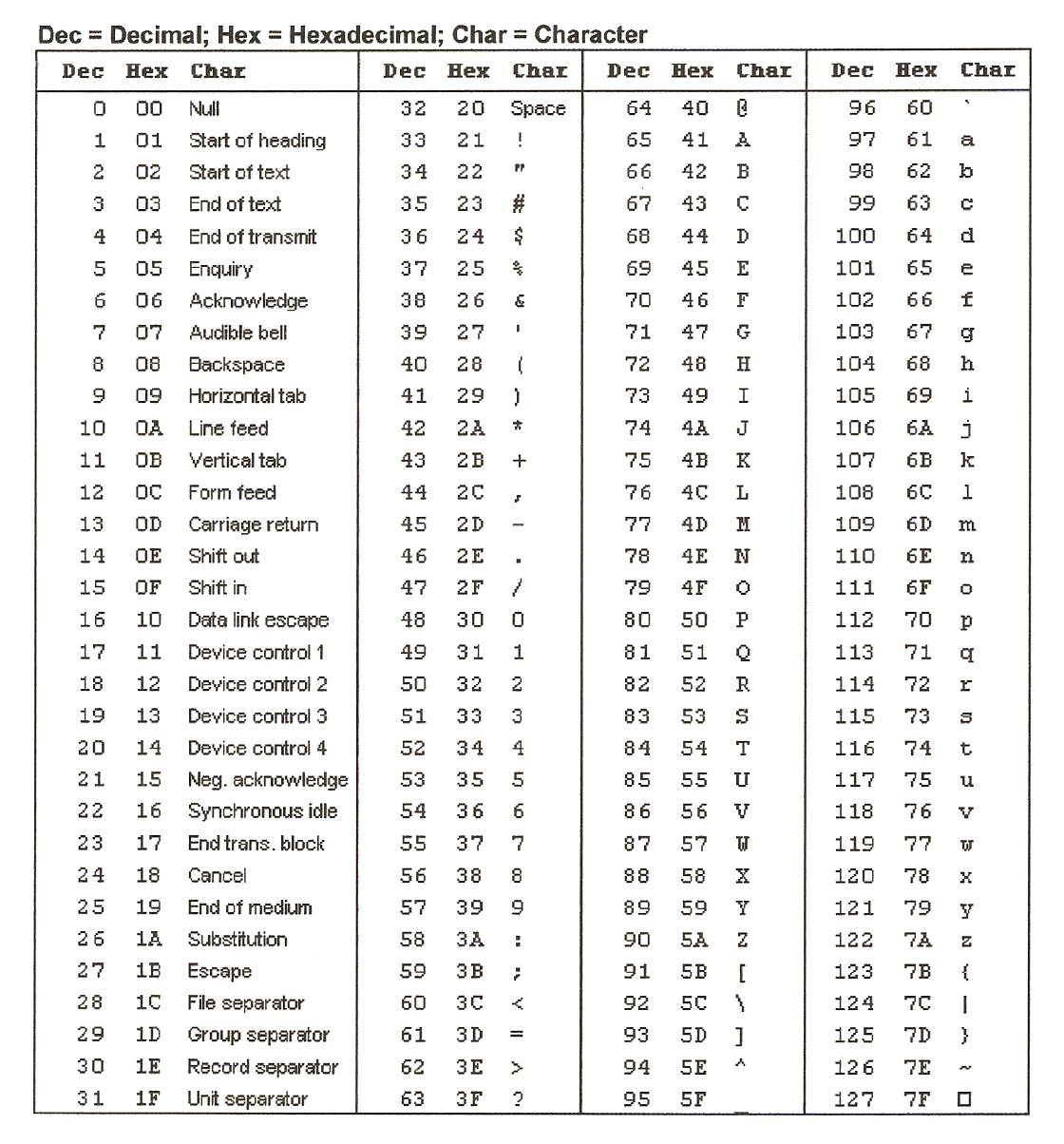ASCII stands for American Standard Code for Information Interchange. It was designed in the 1960s to establish a common language for the new electronic digital computers. While computers now mainly use Unicode for character encoding, ASCII established many foundations that are still used today.
Teletypes and Morse Code Origins
ASCII was created at a time when telecommunication devices like teleprinters (also called “teletypes”) were commonly used to send text-based messages over telephone or telegraph lines. Teletypes worked similarly to typewriters except they could transmit the characters electronically over phone lines. To transmit each character, a series of electrical pulses called Morse code was used. Different combinations of short and long pulses corresponded to letters of the alphabet. ASCII took the concepts of Morse code and adapted the numerals 0 through 9 and most punctuation symbols, assigning each a unique 7-bit binary number.

Design of the ASCII Standard
The designers of ASCII wanted to keep the binary encodings fairly simple and uniform so they could be easily transmitted and processed by digital computers. The first 32 codes, from 0 to 31, were reserved for non-printing control characters like tabs, carriage returns and line feeds. The space was given the code 32 to avoid confusion with null (code 0). The codes 33 to 126 were assigned to printable characters like letters, numerals, and punctuation. Special formatting codes were included, such as for lowercase conversion.
Adoption and Modern Usage
ASCII became a worldwide standard in 1963 and was soon widely adopted. It fulfilled the need for a common way for devices and systems from different vendors to communicate and exchange text files. While the world has largely moved on to Unicode, ASCII established principles that are still used today like the 7-bit encoding. It remains vital for tasks like coding and system diagnostics that require plain text compatibility. Many modern file formats also structure their initial sequences based on ASCII and Latin-1 character sets.
Legacy of Control Codes and Line Breaks
Some of the more obscure aspects of ASCII have intriguing histories. The control codes like tabs, line feeds and carriage returns originated from mechanical typewriter and teleprinter operation. Carriage return would move the print head to the left, while line feed advanced paper one line. These behaviors carried over to digital systems and established conventions still used, like line breaks encoded as carriage return followed by line feed. Even today’s text files contain these seemingly anachronistic control character sequences due to ASCII’s persistent legacy.
Growth of Internationalization and Unicode
As digital technology spread globally in the 1980s, the limitations of ASCII’s solely English character set became apparent. Extended ASCII encoding systems attempted to accommodate other Latin scripts and European languages by occupying the “empty” codes 128-255. This approach was problematic due to ambiguity across platforms and languages. The Unicode standard, begun in 1991, provided a future-proof way to support every language on earth through a single character encoding. Unicode superseded ASCII as well as legacy extended encodings by greatly expanding the number of encoded characters and ensuring consistent handling worldwide.
Impact and Modern Usage of ASCII
DespiteUnicode now dominating, ASCII still plays important supporting roles with several applications that require interoperability or compact storage. Its 7-bit codes remain the foundation of text-based communication protocols. ASCII underscores many programming language string and character data types, and is the “default” text format for plaintext files and messages on legacy systems. When communication needs to be as bare-bones as possible for minimal overhead, ASCII delivers a simple common ground. Its impact on character encoding standards is difficult to overstate, even as new technologies have surpassed the modems and terminals of ASCII’s early era.

 The Fascinating History and Culture of Pufferfish in Japan
The Fascinating History and Culture of Pufferfish in Japan